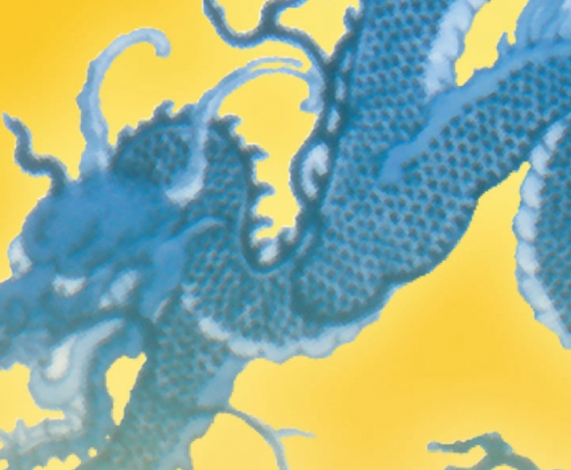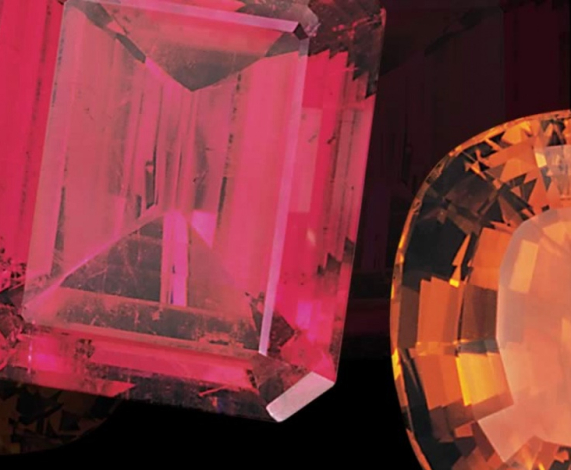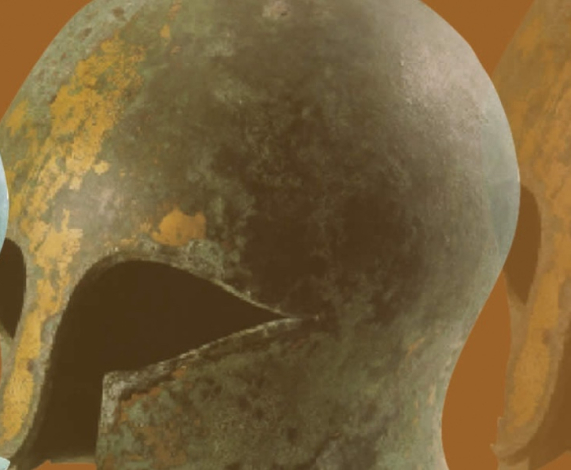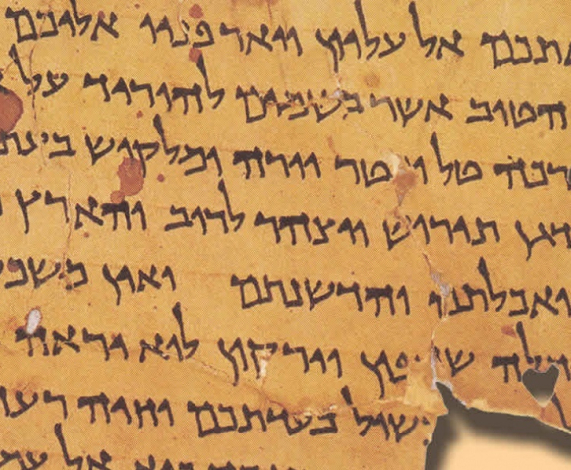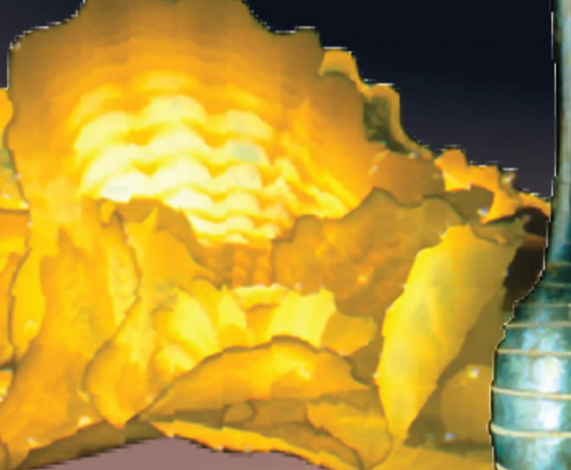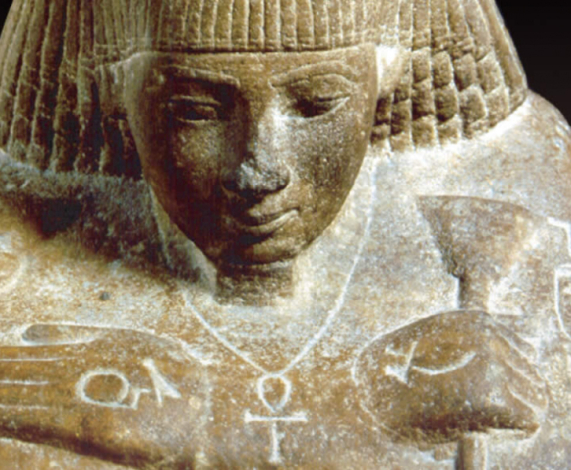Past Exhibitons
Ubuhle Women: Beadwork and the Art of Independence showcases a new form of bead art, the ndwango, developed by a community of women living and working together in rural KwaZulu-Natal, South Africa.

Image Credit: Zondlile Zondo, I am ill, I still see Color and Beauty: Jamludi The Red Cow, 2012. Glass beads sewn onto fabric. 50 ⅜” x 67 ¾”.
The six artists featured in the exhibition call their paintings in beads ndwangos, which translates as “cloth” or “rag.” The black fabric on which the Ubuhle women work is reminiscent of the Xhosa headscarves and skirts which many of them grew up wearing. By stretching this textile like a canvas, the artists transform the flat cloth into a contemporary art form colored with Czech glass beads.
Using skills handed down through generations, and working in their own unique style “directly from the soul,” according to artist Ntombephi Ntobela, the women create abstract as well as figurative subjects for their ndwangos.
Ubuhle means “beauty” in the Xhosa and Zulu languages and it describes the shimmering quality of light on glass that for the Xhosa people has a particular spiritual significance. From a distance each panel seems to be formed from a continuous surface, but as each tiny individual bead catches the light the viewer becomes aware of the meticulous skill that went into each work and the scale of ambition: a single panel can take more than 10 months to complete.
Ubuhle Women: Beadwork and the Art of Independence tour is developed by the Smithsonian Anacostia Community Museum, Washington, DC in cooperation with Curators Beverley Gibson, Ubuhle Beads and James Green, and is organized for tour by International Arts & Artists, Washington, DC.
![]()
This presentation of Ubuhle Women: Beadwork and the Art of Independence is made possible with generous support from PNC Bank.
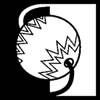
Additional support for this exhibition is provided by the Bead Society of Orange County (BSOC), an affiliate council of the Bowers Museum.

